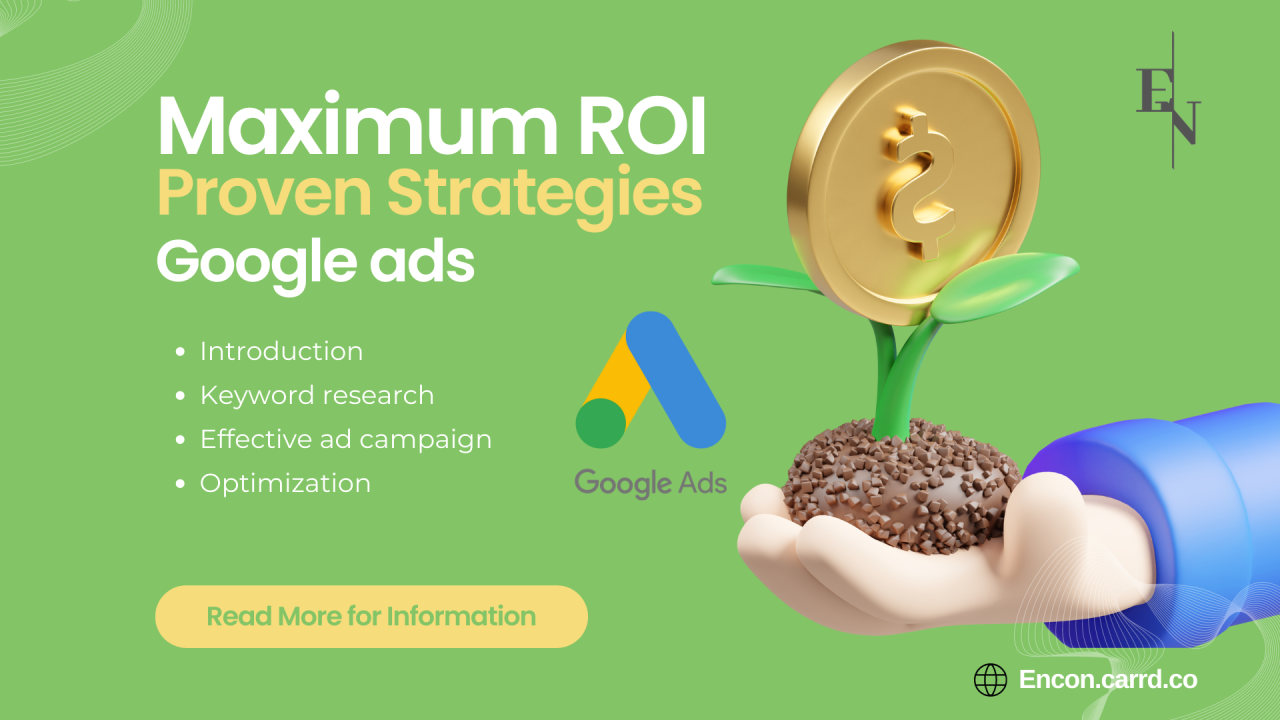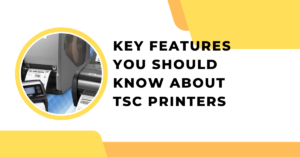In today’s competitive digital landscape, Google Paid Search (also known as Google Ads) has become a powerful tool for businesses looking to maximize their return on investment (ROI). Whether you’re a small business aiming to increase visibility or a large company seeking to boost sales, Google Ads offers an effective way to target potential customers at the moment they are searching for products or services like yours.
But how can you ensure that your Google Paid Search campaigns deliver the best possible results? In this guide, we’ll explore proven strategies to help you maximize your ROI with Google Paid Search, from campaign setup to ongoing optimization.
Research and Select High-Intent Keywords
Keyword selection is at the core of any successful Google Paid Search campaign. Choosing the right keywords ensures that your ads appear when users are actively searching for relevant products or services.
Use Keyword Research Tools
Google’s Keyword Planner is an excellent starting point for discovering keywords that align with your business. Additionally, tools like SEMrush, Ahrefs, or Moz can help identify keywords your competitors are targeting and uncover valuable keyword opportunities.
Focus on Long-Tail Keywords
While high-volume, competitive keywords may be tempting, they are often expensive and less likely to convert. Instead, focus on long-tail keywords — more specific keyword phrases with lower search volumes but higher intent. For example, instead of targeting “shoes,” consider targeting “women’s running shoes size 8.” Long-tail keywords often have lower costs-per-click (CPC) and higher conversion rates, making them a smart choice for improving ROI.
Analyze Search Intent
Understanding the intent behind a user’s search query is crucial. Keywords can be divided into four main categories of search intent:
- Informational: Users seeking information (e.g., “how to fix a leaky faucet”).
- Navigational: Users looking for a specific website (e.g., “Nike official store”).
- Transactional: Users looking to make a purchase (e.g., “buy iPhone 12 online”).
- Commercial Investigation: Users comparing products or services (e.g., “best laptops under $1000”).
Focusing on transactional and commercial investigation keywords can help you target users who are ready to make a purchase, ultimately improving your campaign’s ROI.
Set Clear Goals for Your Campaign
Before diving into your Google Ads campaigns, it’s essential to set clear and measurable goals. These goals will guide your strategy and help you evaluate the success of your efforts. Common goals for Google Paid Search campaigns include:
- Increasing website traffic
- Boosting sales or conversions
- Generating leads
- Building brand awareness
Setting specific goals allows you to structure your campaigns accordingly. For instance, if your primary goal is to drive sales, you might focus on bidding for keywords that have a higher intent to purchase, such as “buy” or “order.”
Optimize Ad Copy for Relevance and Engagement
Your ad copy plays a crucial role in driving clicks and conversions. Effective ad copy should be clear, relevant, and enticing to users. Here are some best practices for writing high-performing Google Ads:
Include Keywords in Your Ad Copy
Using keywords in your headlines and descriptions makes your ads more relevant to users’ search queries. Google also rewards ads with higher relevance by giving them better Quality Scores (more on this below). For example, if you’re targeting the keyword “affordable SEO services,” make sure your ad copy includes that phrase to show users that your ad is directly related to their search.
Highlight Unique Selling Points (USPs)
To stand out from competitors, highlight your unique selling points (USPs) in your ad copy. This could include:
- Free shipping
- 24/7 customer support
- Limited-time discounts
- Money-back guarantee
Use compelling language that entices users to click on your ad by making your offer irresistible.
Add a Strong Call to Action (CTA)
A clear and compelling call to action (CTA) encourages users to take the next step. Phrases like “Buy Now,” “Get a Free Quote,” or “Sign Up Today” provide a sense of urgency and direct the user towards the desired action.
Leverage Ad Extensions for Better Performance
Ad extensions are additional pieces of information that can make your ad more informative and clickable. Google offers several types of ad extensions, and using them can enhance your ad’s visibility and engagement. Popular ad extensions include:
- Sitelink extensions: Add links to specific pages on your website, such as “Contact Us,” “Shop Now,” or “Learn More.”
- Call extensions: Include a phone number for users to click and call your business directly.
- Location extensions: Display your business address and a link to Google Maps.
- Review extensions: Showcase positive reviews or testimonials to build trust with potential customers.
By using ad extensions, you can increase your ad’s prominence and provide users with more reasons to click, ultimately improving your click-through rate (CTR) and ROI.
Monitor and Optimize Your Quality Score
Your ad’s Quality Score is a metric Google uses to determine how relevant and useful your ad is to users. It’s based on several factors, including:
- Expected click-through rate (CTR)
- Ad relevance
- Landing page experience
A higher Quality Score can lead to lower costs-per-click (CPC) and better ad positions, which means more clicks and conversions for less money. To improve your Quality Score, focus on creating highly relevant ad copy and landing pages that match your targeted keywords.
Target the Right Audience with Advanced Settings
Audience targeting allows you to refine your campaign and reach the users most likely to convert. Google Ads offers several advanced targeting options to help you maximize ROI, including:
Location Targeting
If your business serves a specific geographic area, use location targeting to focus your ads on users within that region. This can be especially useful for local businesses, ensuring that your ads are only seen by relevant, nearby customers.
Device Targeting
You can adjust your bids based on the device users are searching from, such as mobile phones, tablets, or desktops. If your target audience primarily uses mobile devices, consider optimizing your campaign for mobile users by creating mobile-friendly landing pages and ad copy.
Demographic Targeting
Google Ads allows you to target users based on demographics such as age, gender, and household income. By honing in on the right audience, you can tailor your ads to appeal to users who are more likely to convert, improving your ROI.
Use Conversion Tracking to Measure Success
To maximize ROI, it’s essential to track and measure the performance of your Google Paid Search campaigns. Conversion tracking enables you to see which keywords, ads, and landing pages are driving the most conversions. This data helps you make informed decisions about where to allocate your budget and how to optimize underperforming aspects of your campaign.
Some key metrics to monitor include:
- Conversion rate: The percentage of users who complete a desired action after clicking on your ad.
- Cost per conversion: The average cost of acquiring a new customer or lead.
- Return on ad spend (ROAS): The revenue generated for every dollar spent on ads.
By continuously analyzing your campaign performance, you can identify areas for improvement and adjust your strategy to maximize ROI.
A/B Test Your Campaigns for Continuous Improvement
A/B testing is a critical strategy for optimizing Google Ads. By testing different variations of your ads, keywords, or landing pages, you can identify what works best and make data-driven decisions to improve your campaign performance. Some elements you can A/B test include:
- Ad headlines and descriptions
- Landing page design and content
- Bid strategies
- Ad extensions
Through continuous testing and optimization, you can fine-tune your campaigns to achieve the best possible ROI.
Conclusion
Maximizing ROI with Google Paid Search requires a strategic approach, from selecting the right keywords to optimizing your ad copy and tracking performance. By setting clear goals, targeting the right audience, and leveraging advanced features like ad extensions and A/B testing, you can create highly effective campaigns that deliver significant results. With consistent optimization, you’ll be well on your way to improving your ROI and growing your business through Google Paid Search.













